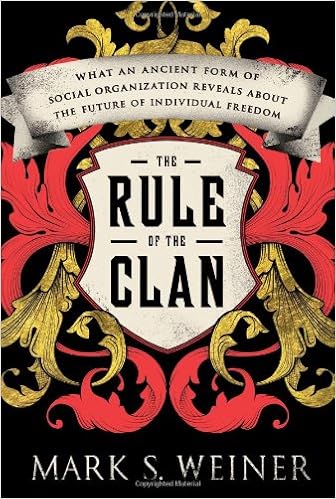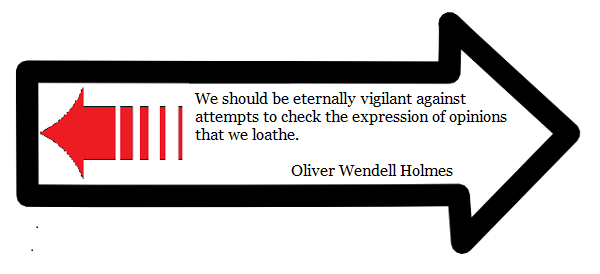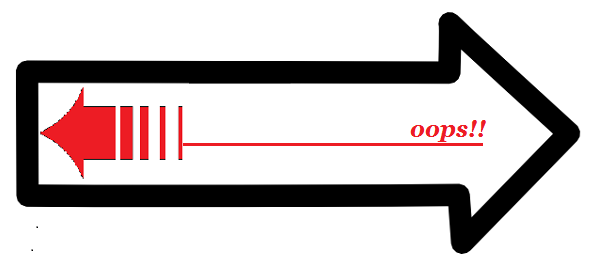[by Mark Safranski, a.k.a. “zen”]

One of the signs that the Westphalian state system was approaching its zenith was the gradual extinction of legal private warfare in Europe (and in America , east of the frontier). While this trend predated the French Revolution with divine right absolutism monarchs taxing and regulating their nobles once formidable feudal armies into harmless personal bodyguards and ceremonial companies, it was enforced in earnest after the Napoleonic wars by now bureaucratic nation-states. To the sovereign power of the state jealously guarding its monopoly on the legal use of force, in the late 19th century were added the weight of international law.
While once it was commonplace for heavily armed “Free Companies” to roam Europe’s battlefields, hiring themselves out or pillaging on their own, neither the Lieber Code nor the Hague Convention took an indulgent view of the professional mercenary or the provincial partisan, proscribing their historic role in warfare and condemning them along with spies and saboteurs to death. By the time of the First World War with the exception of Tsarist Russia, which still had vestiges of pre-modern feudalism in their Cossack hosts that supplemented the Russian Army, all of the great and middle powers entered WWI with national armies based upon mass conscription, run by a professional officer corps. Even America saw its long established military tradition of locally raised volunteer units of the States abolished by President Wilson, who instituted a draft. Wilson it seems, feared the political effects of an aging Teddy Roosevelt leading a new band of Rough Riders on the Western Front.
This situation shifted dramatically in the aftermath of the Great War. Communist revolution and civil war in Russia, Hungary and Bavaria spawned a rebirth of private militarism; right-wing and nationalist “white” paramilitaries composed of ex-soldiers battled anarchist and Bolshevik “Red guards” made up of factory workers and party militants. In defeated Germany, a vigorous and heavily armed “Freikorps” movement of embittered veterans led by charismatic officers arose and fought engagements in the Baltic states, in Polish and Czech borderlands, in the Ruhr and in Bavaria, where they crushed a short-lived Soviet republic.
Partially suppressed by the weak Weimar state, partially covertly subsidized and organized by the leadership of the German Army which saw the Friekorps as a “Black Reichswehr” strategic reserve against French attack, the Freikorps degenerated, pillaged, mutated into terrorist organizations and gradually merged with and militarized Germany’s extreme nationalist and volkisch (racialist) political factions, including the nascent National Socialist German Workers Party. Ex-Freikorps fighters became the backbone of the Nazi SA and nationalist Stahlhelm armies of brawlers, thugs and hooligans. They even had their own newspapers, sports clubs, artists and writers, among whom Ernst Junger was a favorite of that generation.
The reason for this long historical prologue is that it is happening again. The fascinating article below from VICE gives evidence of what should be called a Freikorps Revival. Note the connection to the French Foreign Legion veterans with the Azov Regiment; the Legion once welcomed almost as many German Freikorps men as did the Nazi Party.
Meet the European Fighters Who Have Gone to War in Ukraine
….”I spent all day with a pistol in one hand and a grenade in the other, wondering how I was going to kill myself and how many [separatists] I could take with me,” said Chris “Swampy” Garrett, a British citizen and a member of the squad of Europeans fighting in Eastern Ukraine for Azov Regiment.
Garrett had just returned to Kiev after a failed mission behind enemy lines in the small village of Shyrokyne. His team had been surrounded and cut off from Ukrainian positions before the men fled. He spent over 14 hours trapped behind an enemy advance, fighting in close quarters and taking shelter from friendly artillery fire, before sneaking out of the village under the cover of darkness.
For Garrett, who has served in the British army and done humanitarian de-mining work in the Karen State on the Thai/Myanmar border, the decision to join the Azov Battalion was a simple one: “One day they posted up on the [Azov Battalion] Facebook site, asking, ‘We need people who have any kind of knowledge with first aid, volunteering, with basic military skills, de-mining, anything. If you have any skills at all, to any level, can you come and help?’ So I kind of saw that as my route in, even if I didn’t stay with the [Azov] Battalion. [It was] my surest way to get into the country—get into the east and then be able to see the bigger picture from there.”
….Garrett is not the only member of the group of European soldiers who came to defend Ukrainian sovereignty. But while some came to protect Ukraine, others here came to fight for conservative and nationalist politics in Ukraine’s relatively open political space. For Harley, a 42-year-old from France who served in the French navy and later in the private security industry, involvement was two-sided: he came “to help Ukraine against Russia” and wears a “Fuck U Putin” bracelet on his wrist, but joined Azov because its politics were similar to his own: “Azov,” he said, propagated a political agenda that “was closer to my idea.”
Azov’s politics have drawn fire for being far-right to the point of neo-Nazism; “If you want to find Nazis, [Azov] is the place to come,” one soldier told me on the way to the frontline. And yet, the political reality of Azov is much more complicated than that. One soldier in the European group told me he estimates that around 20 percent of the battalion could be considered neo-Nazis, while David Eriksson—a 48-year-old Swede who owns real estate and marketing businesses—said: “I think almost 100 percent of foreigners—it used to be maybe 90 percent of foreigners—are not Nazis. They are here to fight.”
Read the rest here.
This may be a meta-trend. Everywhere, rootless young (and some not so young) men are turning their backs on civilized existence and seeking out answers to life or a quick death in lawless conflict zones. Third generation European Muslims who leave families and communities to join ISIS in Syria while American and Dutch motorcycle gang members show up to fight with the Kurdish Peshmerga. Russian outlaw bikers by contrast are Putin’s Cossacks in the Crimea and Donbass while in Pakistan the ISI has made funneling angry young men into terrorist groups and militias something of a cottage industry
Some of these men will never return, but most will. If the lessons of history are to be reckoned, this bodes poorly for the future. They will bring a Darwinian outlook and a politics of the gun.









